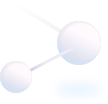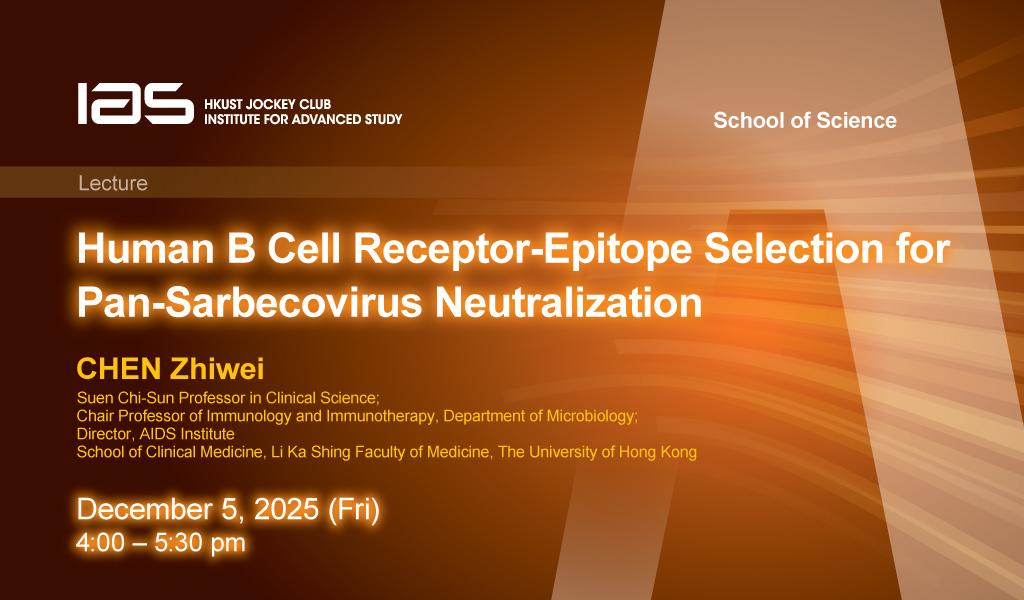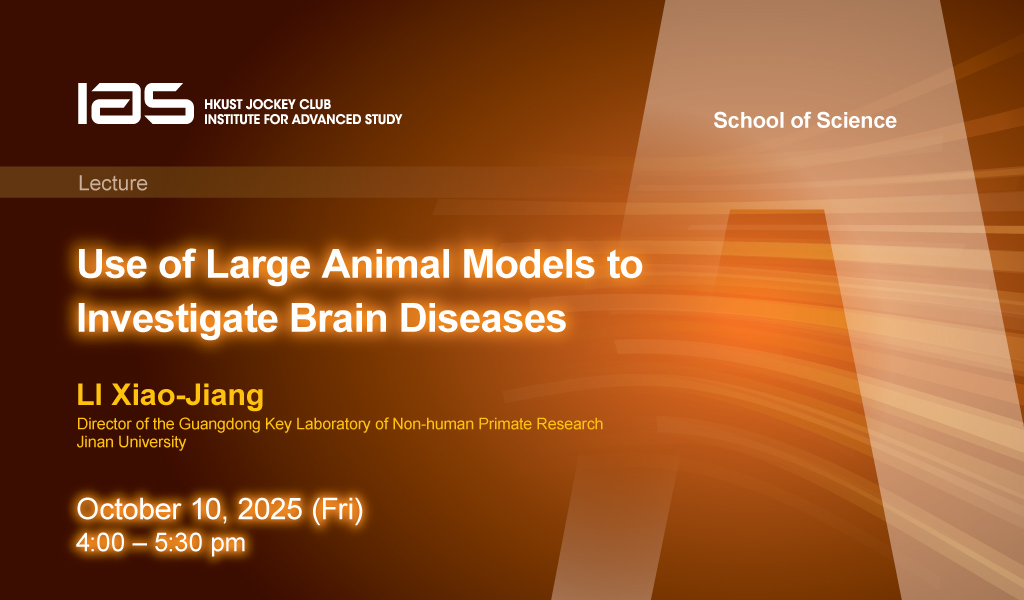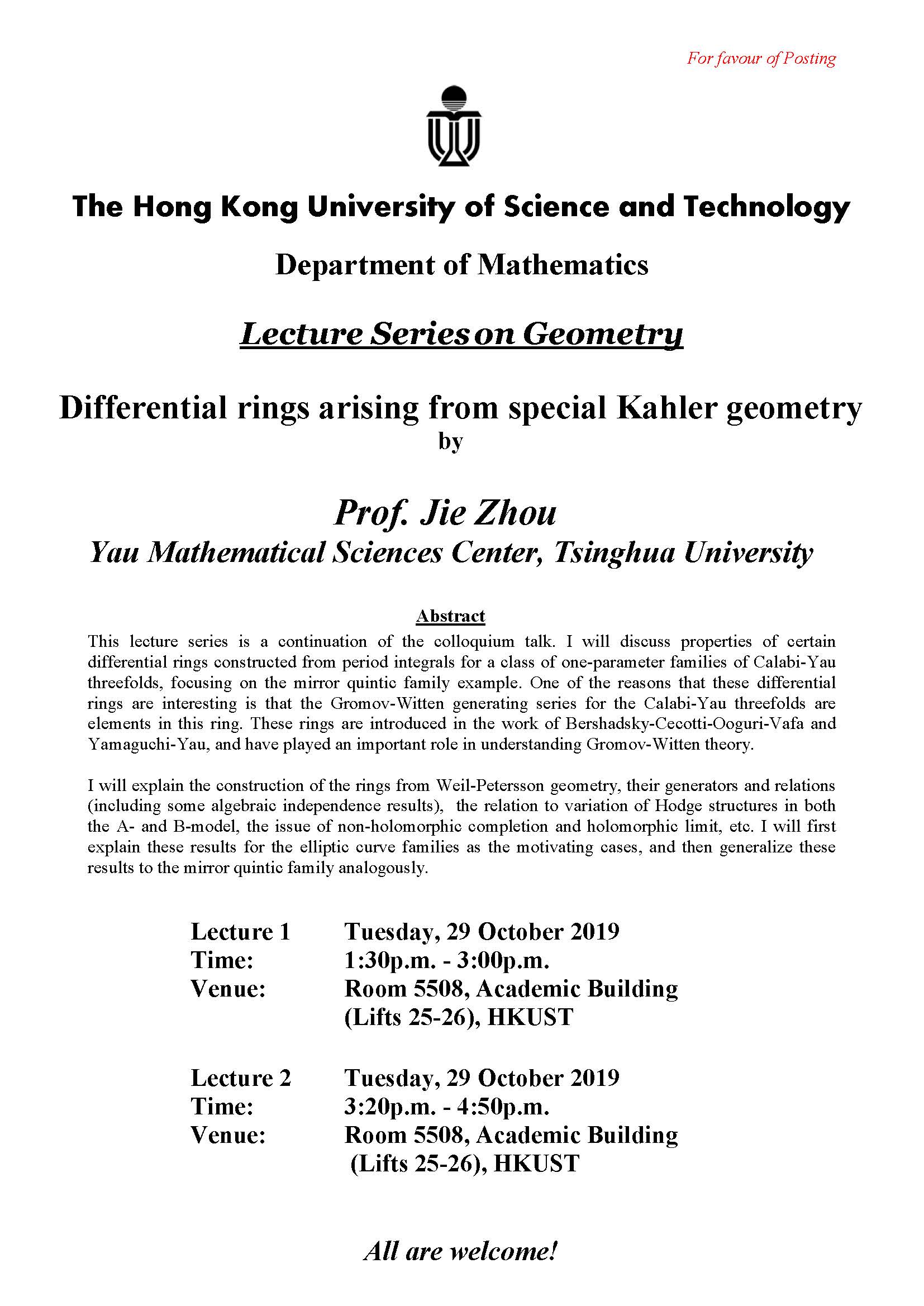More about HKUST
This lecture series is a continuation of the colloquium talk. I will discuss properties of certain differential rings constructed from period integrals for a class of one-parameter families of Calabi-Yau threefolds, focusing on the mirror quintic family example. One of the reasons that these differential rings are interesting is that the Gromov-Witten generating series for the Calabi-Yau threefolds are elements in this ring. These rings are introduced in the work of Bershadsky-Cecotti-Ooguri-Vafa and Yamaguchi-Yau, and have played an important role in understanding Gromov-Witten theory. I will explain the construction of the rings from Weil-Petersson geometry, their generators and relations (including some algebraic independence results), the relation to variation of Hodge structures in both the A- and B-model, the issue of non-holomorphic completion and holomorphic limit, etc. I will first explain these results for the elliptic curve families as the motivating cases, and then generalize these results to the mirror quintic family analogously.
29 Oct 2019
1:30pm - 4:50pm

Where
Room 5508, Academic Building (Lifts 25-26)
Speakers/Performers
Prof. Jie Zhou
Yau Mathematical Sciences Center, Tsinghua University
Yau Mathematical Sciences Center, Tsinghua University
Organizer(S)
Department of Mathematics
Contact/Enquiries
mathseminar@ust.hk
Payment Details
Audience
Alumni, Faculty and Staff, PG Students, UG Students
Language(s)
English
Other Events

5 Dec 2025
Seminar, Lecture, Talk
IAS / School of Science Joint Lecture - Human B Cell Receptor-Epitope Selection for Pan-Sarbecovirus Neutralization
Abstract
The induction of broadly neutralizing antibodies (bnAbs) against viruses requires the specific activation of human B cell receptors (BCRs) by viral epitopes. Following BCR activation, ...

10 Oct 2025
Seminar, Lecture, Talk
IAS / School of Science Joint Lecture - Use of Large Animal Models to Investigate Brain Diseases
Abstract
Genetically modified animal models have been extensively used to investigate the pathogenesis of age-dependent neurodegenerative diseases, such as Alzheimer (AD), Parkinson (PD), Hunti...

